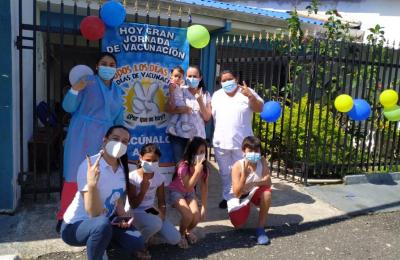New challenges for health planning: Chile’s National Cancer Plan
This article describes the process of developing Chile’s National Cancer Plan. This process included an initial diagnostic stage in which various stakeholders were called on to provide different perspectives and proposals. Later, the compiled information was systematized and structured by the Ministry of Health in an action plan with detailed initiatives, objectives, and associated indicators. The Plan was developed along five strategic lines that guide all the proposed actions for the next ten years.












